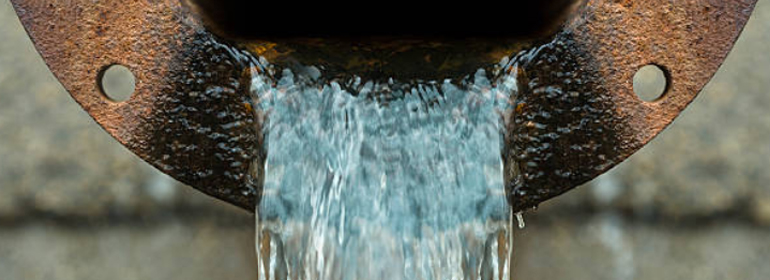What is a pump station? Simply put, it is a facility designed to assist in drainage solutions, managing the transfer of waste water from a property to a sewage treatment works in the locality. It consists of an interim storage chamber, where surface or foul waste water is collected and then pumped via pumpsets to a drain, sewer or manhole in the area.
They are invaluable where, for instance, the lie of the land means that gravity alone cannot be relied on to conduct the run-off of the waste water to main drain system and onto the sewage treatment plant. This might be because the collection chamber lies below the level of the sewer; or the sewage must be transferred over a ridge in the topography of the land. The law changed recently as regards ownership of private pumping stations. Where previously, ownership of a pump station would usually rest with the land owner, responsibility for private pump stations now more commonly belongs to local sewerage companies. This change became effective from 1 October 2016 and is largely good news for householders, provided their pump station meets the eligibility criteria. The advantage is that it transfers the sewer pump station cost for maintenance and running, as well as any repair costs if the station breaks down, to that company, rather than being the responsibility of the individual on whose land it is sited. So what are these eligibility criteria? Firstly, the pump station in question must have been operational before 1 July 2011. Secondly, it must be connected, for the purposes of pumping foul or surface water, to the mains sewerage network.
Thirdly, the sewerage pumping station must either serve more than one property; or where it does serve only one property, it must sit outside of that property’s curtilage. ‘Curtilage’ is a legal term which can differ from just the boundaries of property, so if you have a pump station and are unsure about its current ownership, you may need to take advice. So what happens if your pumping station is not adopted by your local water and sewage management company? If you have a pump station on your land that only serves your own property, then you remain responsible for its running costs (which includes paying for any electricity it uses), maintenance and repair. It may be worth approaching your local sewerage company and discussing any other options available under which they could adopt ownership and therefore responsibility. If it proves impossible to reassign ownership to them, then you should consider approaching a professional company experienced in the installation and management of pump stations. They will usually be able to advise on an available sewer pump stations package which will take the worry out of the day to day running of the facility and give you greater peace of mind.
Remember, you as the current owner of a pump station are entirely responsible for its daily running, maintenance and upkeep costs unless and until it is adopted by another party. It is therefore important to keep it in good working order to ensure it serves your property in terms of removal of sewage and/ or run-off water.

